Which Fabric Is Used In Fashion?
In the ever-evolving realm of fashion, fabrics serve as the foundation upon which trends are built, styles are defined, and cultural values are reflected. From the luxurious silk drape to the cozy comfort of wool, each fabric tells a unique story and evokes distinct emotions. In this comprehensive exploration, we’ll embark on a journey through the world of trending fabrics, uncovering their characteristics, applications, and the impact they have on the fashion landscape.
Sustainability Takes Center Stage
Sustainability has emerged as a driving force in the fashion industry, with consumers increasingly seeking eco-friendly alternatives. Natural fibers like organic cotton, linen, and hemp are gaining popularity due to their low environmental impact and biodegradable nature. Recycled polyester and other innovative materials made from recycled plastic waste are also making waves, offering a sustainable solution to textile production.
2. Statement Textures
Texture plays a crucial role in adding depth and dimension to fashion designs. From the soft, plush feel of velvet to the intricate weave of brocade, textured fabrics create visual interest and elevate the overall aesthetic of a garment. Corduroy, with its distinctive ridges, and bouclé, with its nubby, looped texture, are making a comeback, adding a touch of vintage charm to modern designs.


3. Comfort and Performance
The rise of athleisure has blurred the lines between sportswear and everyday fashion, leading to a demand for fabrics that offer both comfort and performance. Moisture-wicking fabrics like nylon and polyester blends are ideal for activewear, while high-tech materials like merino wool provide warmth and breathability. These fabrics are not only functional but also stylish, allowing individuals to seamlessly transition from the gym to the streets.
4. Timeless Classics: Embracing Enduring Elegance
Certain fabrics have stood the test of time, remaining timeless classics in the world of fashion. Silk, with its luxurious drape and elegant sheen, continues to be a favorite for formal wear and special occasions. Wool, known for its warmth, durability, and versatility, remains a staple for outerwear and tailored garments. These classic fabrics offer a sense of sophistication and refinement, making them enduring choices for discerning fashion enthusiasts.
Read also How is Silk Made.
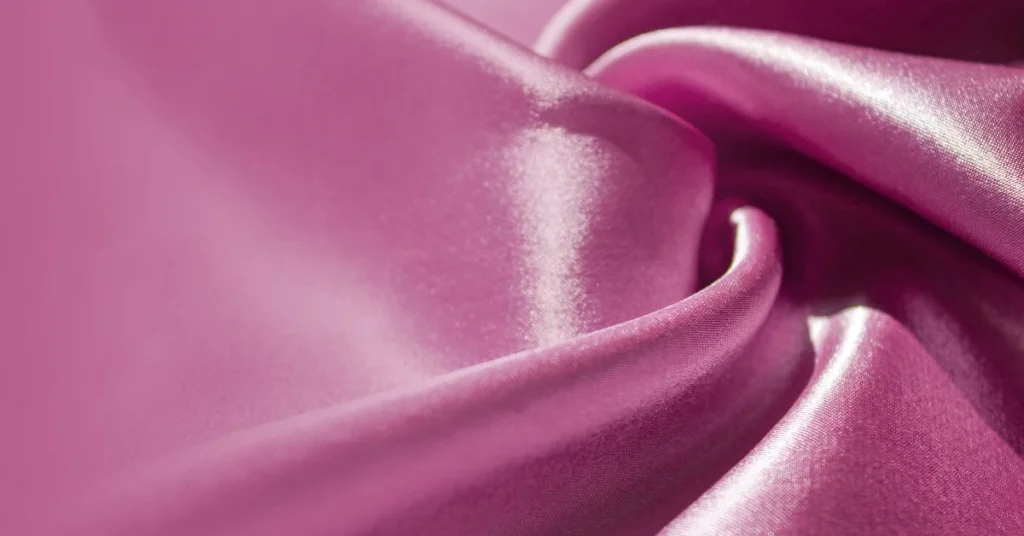

5. Experimentation and Innovation: Pushing the Boundaries of Fashion
The world of fashion is constantly evolving, with designers experimenting with new and innovative fabrics. Bio-fabrics, made from sustainable materials like algae and mushrooms, are emerging as a promising alternative to traditional textiles. 3D-printed fabrics are also gaining traction, allowing for intricate designs and personalized creations. These advancements push the boundaries of fashion, offering exciting possibilities for the future.
6. Y/D: A Sustainable and Versatile Choice
Y/D, also known as Tencel, is a sustainable fabric made from wood pulp. It is known for its soft, drapey feel, similar to silk, and its excellent moisture-wicking properties. Y/D is a versatile fabric that can be used for a variety of garments, from dresses and blouses to activewear and loungewear. Its sustainable production process and comfortable characteristics make it a popular choice for eco-conscious consumers.
Read also Y/D Fabric- Yarn Dyed Fabric .
7. Ramie: A Natural and Durable Fiber
Ramie is a natural fiber derived from the ramie plant. It is known for its exceptional strength, durability, and wrinkle resistance. Ramie is often blended with other fibers, such as cotton or linen, to create fabrics that are both comfortable and long-lasting. Its natural properties and sustainable production make it an attractive alternative to synthetic fabrics.
Read Also Ramie Fabric: All You Need To Know.


8. Linen: A Breathable and Lightweight Choice
Linen, a natural fiber made from flax plants, is known for its breathability, lightweight feel, and ability to keep you cool in hot weather. It is a popular choice for summer clothing, such as dresses, shirts, and pants. Linen is also durable and can withstand repeated washing.
9. Cashmere: A Luxurious and Warm Choice
Cashmere, a soft and luxurious fiber derived from the undercoat of cashmere goats, is known for its warmth, softness, and lightweight feel. It is often used for sweaters, scarves, and other cold-weather accessories. Cashmere is a delicate fabric that requires special care, but its luxurious feel makes it a worthwhile investment.
10. Leather: A Durable and Timeless Choice
Leather, a natural material made from animal hides, is known for its durability, versatility, and timeless appeal. It is used for a wide variety of garments, including jackets, pants, skirts, and accessories. Leather can be treated in different ways to create different looks, from smooth and polished to distressed and vintage.
Which Fabric is used in Pakistani Fashion
In Pakistani fashion, various fabrics are used to create stunning and elegant clothing pieces. Many renowned brands in Pakistan have been using these fabrics to showcase their unique designs and styles. Some of the popular fabrics used in Pakistani fashion include:
Lawn Fabric:
Lawn fabric is a lightweight, breathable fabric that is perfect for the hot and humid climate of Pakistan. It is often used by brands like Gul Ahmed, Alkaram Studio, and Sana Safinaz to create vibrant and colorful summer collections. The fabric is known for its soft texture and ability to hold intricate prints and designs.
Chiffon Fabric:
Chiffon is a sheer, lightweight fabric that adds an element of grace and sophistication to Pakistani fashion. Brands like Asim Jofa, Maria B, and Elan use chiffon to create elegant formal wear and bridal dresses. The fabric drapes beautifully and is often adorned with intricate embroidery and embellishments.
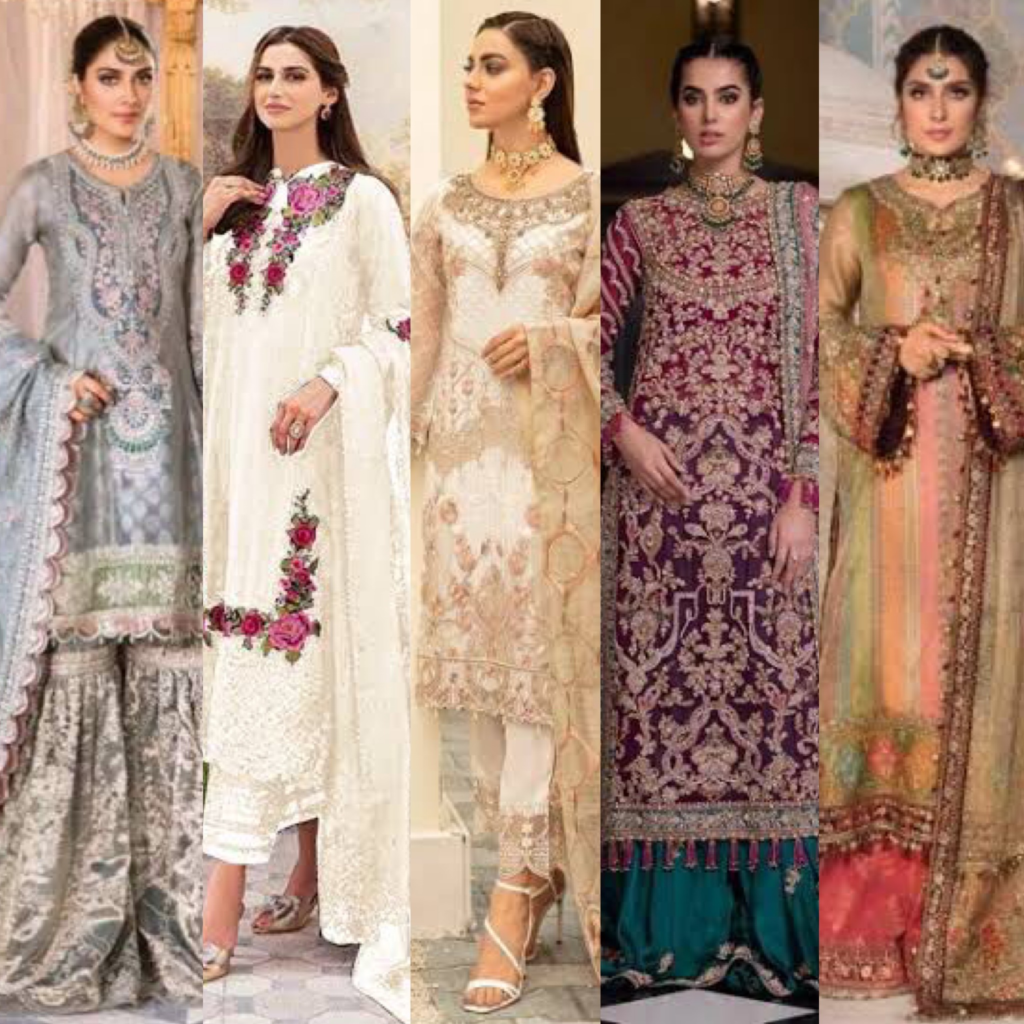

Silk Fabric:
Silk has always been a symbol of luxury and opulence in fashion, and Pakistani brands like HSY, Faraz Manan, and Nomi Ansari often use silk to create glamorous evening wear and bridal ensembles. The fabric has a lustrous sheen and a smooth texture, making it perfect for creating statement pieces.
Organza Fabric:
Organza is a crisp, sheer fabric that adds volume and structure to clothing. Brands like Zara Shahjahan, Sania Maskatiya, and Farah Talib Aziz use organza to create contemporary yet traditional outfits with a modern twist. The fabric holds its shape well and is often used for creating intricate detailing and layered looks.
Conclusion:
The fabric of fashion is a rich tapestry woven from threads of sustainability, texture, comfort, and innovation. By understanding the characteristics and applications of different fabrics, including Y/D, Ramie, linen, cashmere, and leather, we can make informed choices that align with our personal style and values. Whether embracing eco-conscious materials, experimenting with statement textures, or opting for timeless classics, the fabric we choose plays a significant role in shaping our fashion identity and contributing to a more sustainable and stylish future.
FAQs
A: Silk, ramie, and linen.
A: Ramie, Tencel, modal, organic cotton, and recycled polyester.
A: Start with a few key pieces, mix and match textures, accessorize with fabric, and experiment!
A: Department stores, online retailers, independent fabric stores, and thrift stores.
A: Follow care instructions, wash delicates gently, air-dry when possible, iron on the appropriate setting, and store in a cool, dry place.

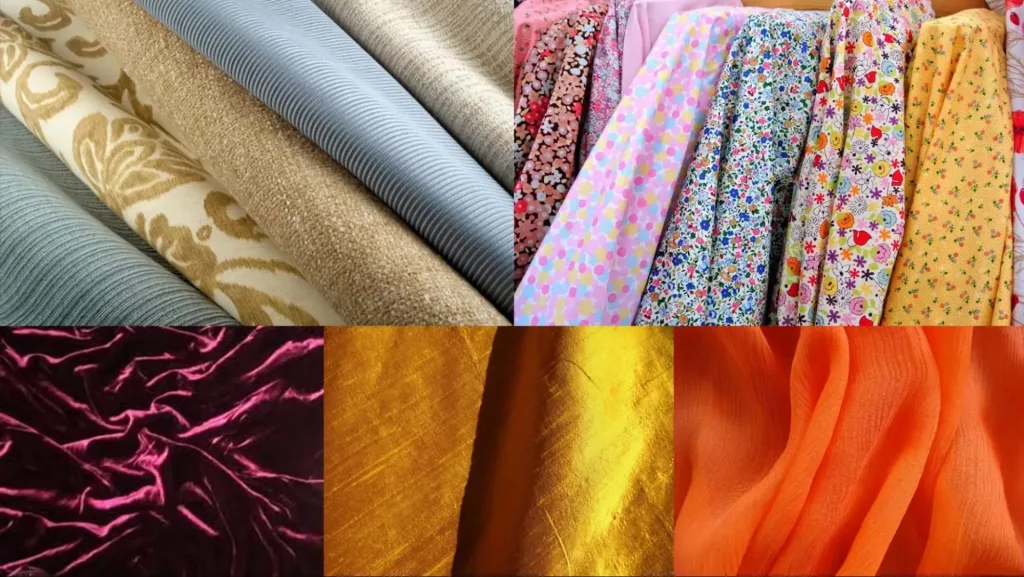
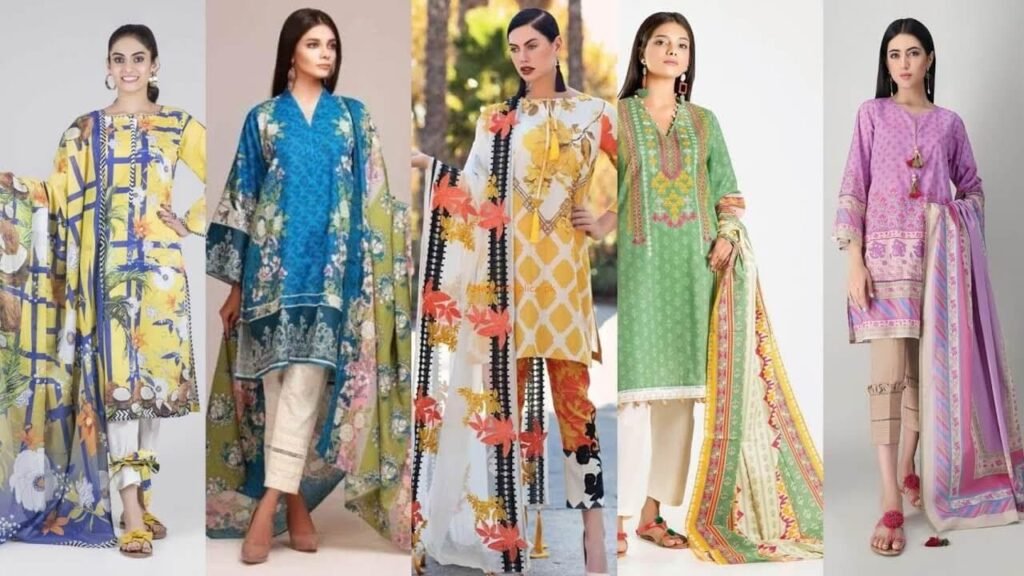
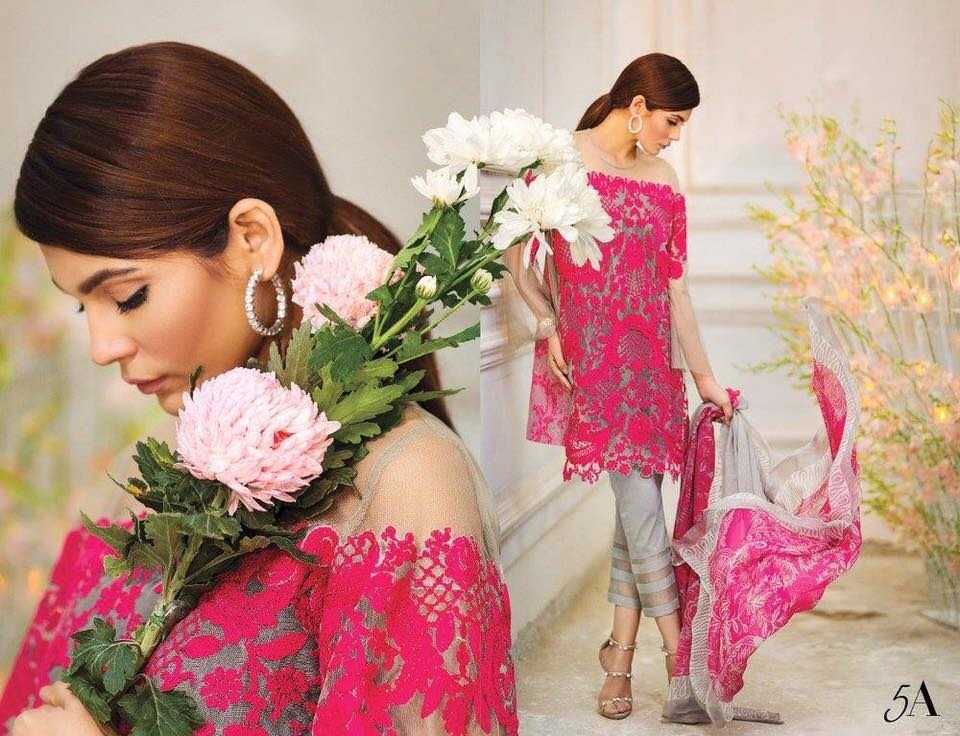
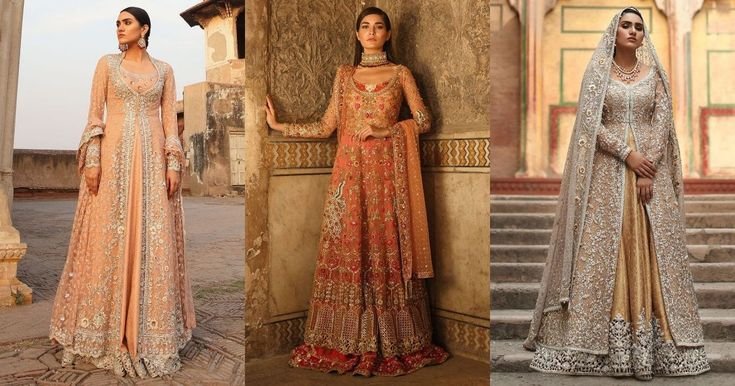
One Comment